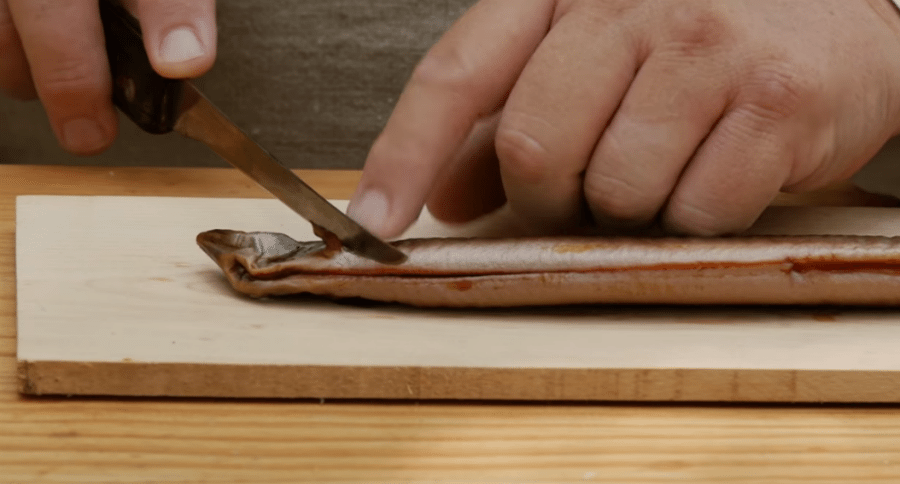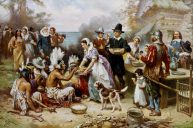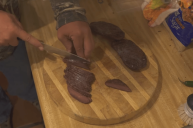Here's a rather unusual recipe for an eel and corn succotash, that comes to us from the journal of an 18th century traveler. And you actually CAN make this today.
Just 15 miles south of the Townsend store—where they sell reproduction/reenactment clothing and accessories—lies the Eel River. And in that river is an historic indigenous peoples-built fish wier, used to funnel migratory fish and eels into capture baskets.
This bit of history, as well as a couple of journal entries from 18th century travelers, sparked Jon Townsend's interest in reproducing this most unusual early American recipe for an eel and corn succotash or stew.
In the 1794 travel journals of George Loskiel, Loskiel mentions this stew as being made by the native tribes in the region. You can watch the video to follow the specific recipe and how to make the dish.
What I find perhaps at least as interesting as the recipe is the history informing the making of this dish. Eels used to be very common in North America and, in this context, in the Eel River specifically. They are a migratory fish that used to travel up the river to spawn. But alas, no longer.
Jon and Kevin got their eels smoked and already processed from The Dutch Store in Wyoming, Michigan. According to Kevin, indigenous peoples smoked eels to a much drier state, almost like a jerky, so there is some difference between the character of the succotash that these guys are making and that of early Americans. But the difference is probably more one of texture than anything.
One can only wonder and imagine what it must have been like at many rivers across America during the eel spawning migration, when people harvested and processed them by the hundreds of thousands.
What a wonderful step back in time this recipe was. How better to connect with our cultural ancestors than by preparing and eating the very same dishes that they prepared and ate themselves.
Like what you see here? You can read more great articles by David Smith at his Facebook page, Stumpjack Outdoors.
NEXT: Fried Chicken Recipe from 1730s Will Change the Way You Look at Fried Chicken
WATCH




